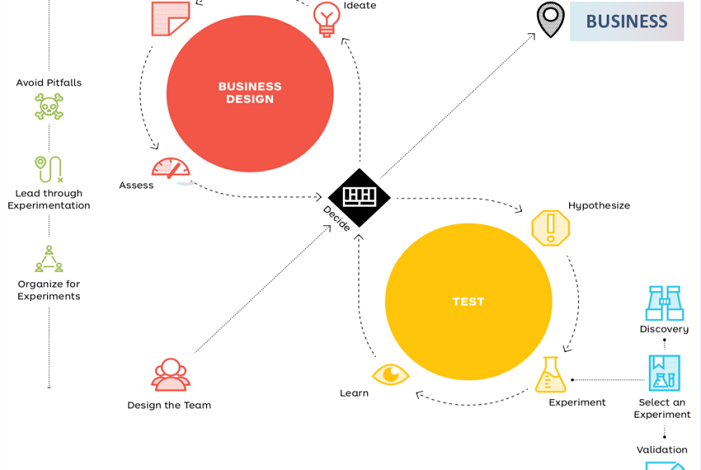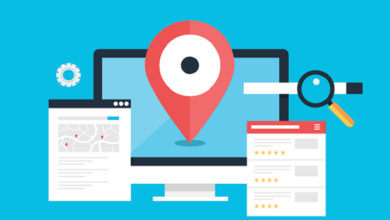Testing Business Ideas: An Updated Guide

Starting a business is exciting, but it comes with risks. One of the best ways to reduce those risks is by testing your business ideas before fully committing. In this post, I’ll share my experiences and insights on how to effectively test business ideas, ensuring you increase your chances of success.
Why Testing Business Ideas is Important
Testing your business ideas is essential for several reasons:
- Minimize Risks: By validating your idea before launching, you can identify potential pitfalls and adjust your approach.
- Understand Your Market: Testing helps you learn more about your target audience and their needs, preferences, and pain points.
- Refine Your Offering: You can improve your product or service based on real feedback from potential customers.
- Save Resources: Early testing can prevent wasting time and money on ideas that may not work.
Steps to Test Your Business Ideas
Here’s a step-by-step guide on how to effectively test your business ideas:
1. Define Your Idea
Before you can test anything, you need a clear understanding of your business idea. Write down what your product or service is, who it’s for, and what problem it solves. This clarity will guide your testing process.
2. Research Your Market
Conduct market research to understand the landscape of your industry. Look at competitors, trends, and customer preferences. This research will help you identify opportunities and threats.
3. Create a Minimum Viable Product (MVP)
An MVP is a simplified version of your product or service that includes only the essential features. This allows you to test your idea without investing too much time or money. For example, if you’re launching a new app, you might start with a basic version that offers only the core functionality.
4. Gather Feedback
Once you have your MVP, it’s time to gather feedback. You can do this through various methods:
- Surveys: Create surveys to gather information about potential customers’ opinions on your product.
- Focus Groups: Bring together a small group of people to discuss your idea and gather their thoughts.
- Pilot Programs: Launch your MVP to a limited audience and monitor their usage and feedback.
5. Analyze Results
After collecting feedback, analyze the data to determine what worked and what didn’t. Look for patterns in customer responses and identify areas for improvement.
6. Pivot or Persevere
Based on the feedback you receive, decide whether to pivot your idea (make significant changes) or persevere (move forward with your original concept). If customers are excited about your MVP but have suggestions for improvement, consider incorporating their feedback into your next iteration.
Common Methods for Testing Business Ideas
Here are some popular methods to test business ideas:
1. A/B Testing
This method involves comparing two versions of a product or service to see which one performs better. For instance, if you have two website designs, you can split your audience between the two to see which one leads to more conversions.
2. Crowdfunding
Platforms like Kickstarter or Indiegogo allow you to present your idea to the public. If people are willing to back your project financially, it’s a good sign that there’s demand for your offering.
3. Pre-Selling
Before fully developing your product, you can create a landing page and offer customers the chance to purchase it in advance. This method not only validates your idea but also helps you gauge interest and secure initial funding.
4. Social Media Polls
Use your social media platforms to ask your audience questions about your business idea. This can help you gather quick feedback and insights from potential customers.
Learning from Failures
Not every idea will succeed, and that’s okay. Each failure is a learning opportunity. Analyze what went wrong and why. Use those insights to refine your approach for your next idea.
Conclusion
Testing business ideas is a crucial step in the entrepreneurial journey. By following the steps outlined in this post, you can effectively validate your concepts and increase your chances of building a successful business. Remember, it’s all about learning, adapting, and evolving. Happy testing!




